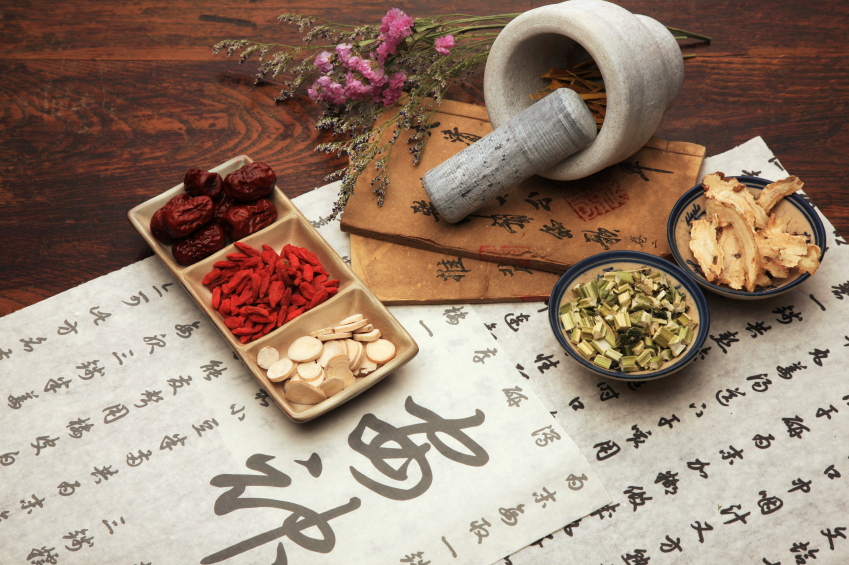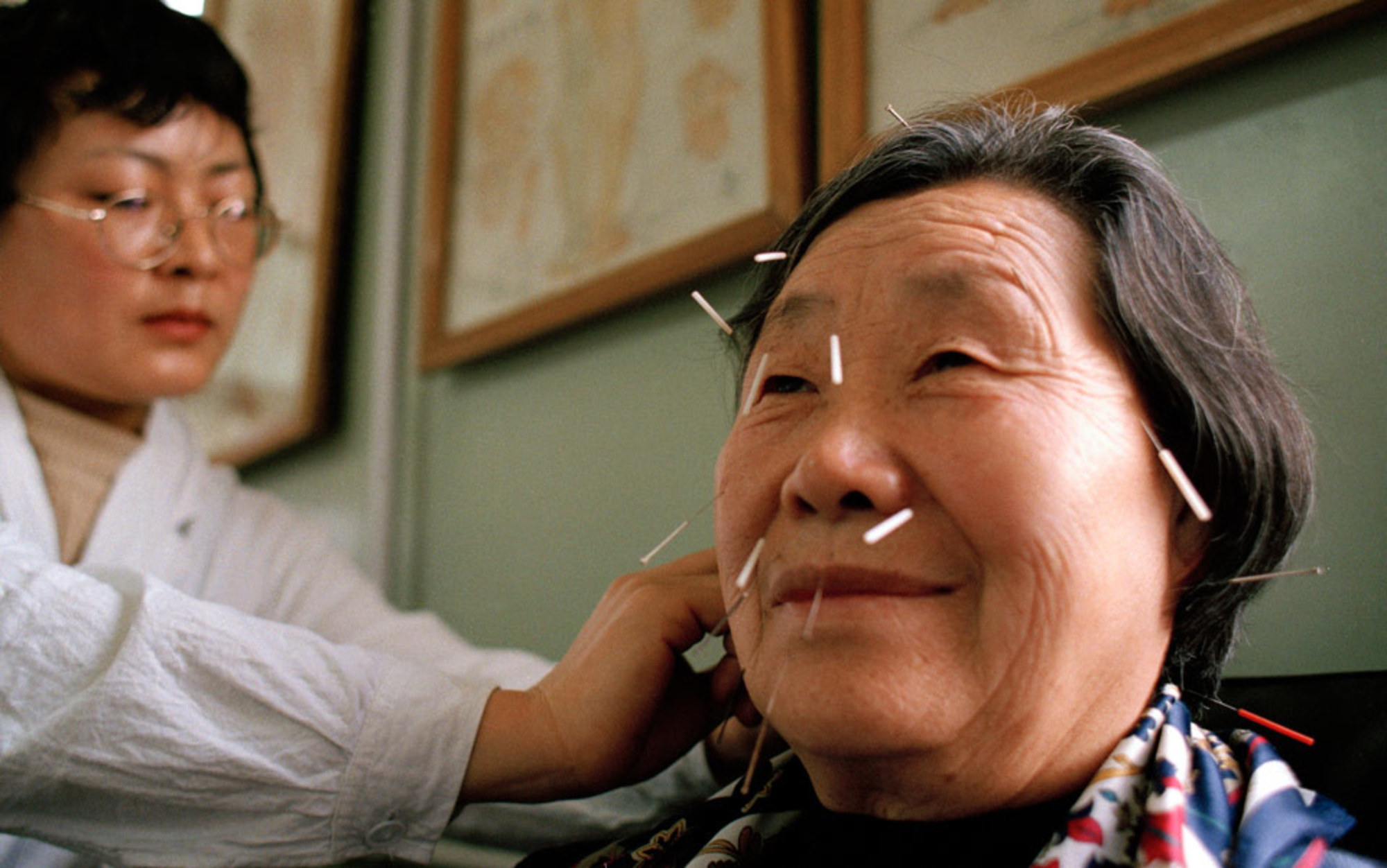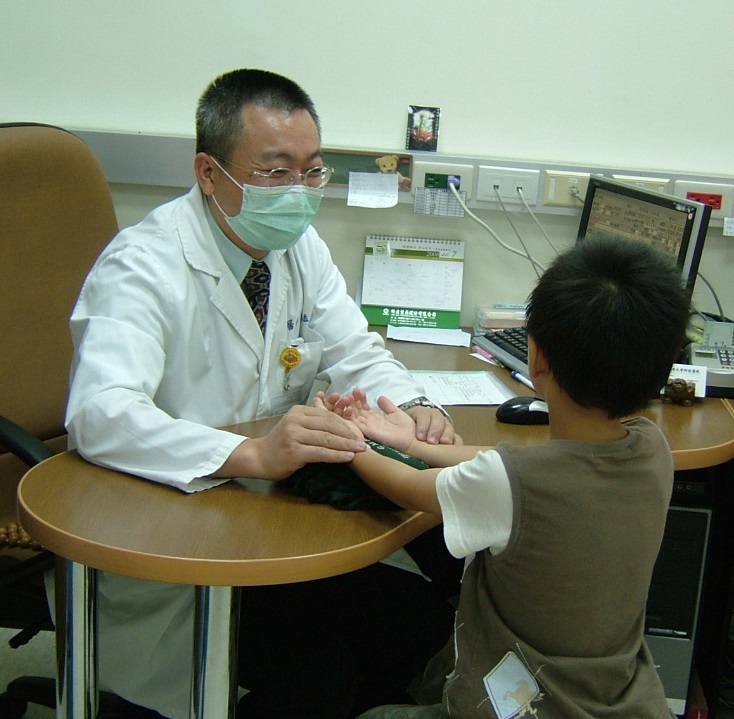5 Common Myths Surrounding Traditional Chinese Medicine
Project Pengyou intern, Jenna Ludwig, shares 5 common myths surrounding Traditional Chinese Medicine in the West.

In 2016, Michael Phelps alerted the world to the practice of cupping during the Rio Olympics when he stepped out with large, purple bruise-like circles on his back. While the western news media ran with the story, splashing photos across the front page, debating the safety of the practice, and discussing which athletes were partaking; Chinese viewers recognized the marks for what they were: a common component of Traditional Chinese Medicine (TCM).
TCM has been practiced in China for more than 2,000 years, yet has only gained recognition in the western world in recent years. Despite increasing use, many Americans remain wary of alternative medicine and don’t consider TCM as a possible treatment. In order to dispel some myths surrounding the practice, I have compiled a list of common misconceptions that I’ve encountered in America and what I’ve learned so far in China.
1. TCM is only practiced in China.

In fact, TCM is practiced all over the world, including the United States where there are more than 10,000 practitioners. The FDA even made the move in 1997 to reclassify acupuncture needles from “experimental” to “medical device” providing the practice with more credibility in the U.S. In the United States, TCM is most commonly used as a complementary treatment after seeking help from a western physician. There is even encouragement by the World Health Organization (WHO) for states to incorporate traditional medical practices into their healthcare systems, and further clinical trials are being run to determine the effectiveness of different treatments, a primary concern of many skeptical patients.
2. TCM is only acupuncture.

Although acupuncture is the most common and most recognized TCM practice in the United States, the scope of TCM, however, extends beyond the well-known needles. Other methods used by practitioners of TCM include moxibustion, herbal medicine, tai chi, qi gong, dietary therapy, and tui na, a version of massage therapy. As TCM generally takes a more comprehensive view of health than western medicine, a combination of different TCM components may be incorporated to treat a patient.
3. TCM is not based in science and therefore is less advanced than western medicine.

While western medicine tends to focus on the reaction of chemicals within a specific organ in the body, TCM takes a holistic approach to health with the basic belief is that an imbalance between the forces of yin and yang results in disease. The focus is on treating not the illness alone, but the whole person with the illness. Support for TCM is growing in many countries including the U.S. as the National Institutes of Health (NIH) endorsed acupuncture for a variety of diseases in 1997.
4. TCM practitioners lack adequate training.

In the U.S., 3-4 years of postgraduate study are required at an accredited school after which students graduate with a master’s degree. Nearly every state requires passing a national certification examination in order to gain licensure and legal practice in the state. Furthermore, degree candidates must complete more than 2,000 hours of clinical training to earn their degree. For practitioners who trained outside of the U.S., passing a national certification examination is the law in most states to be legally licensed to practice.
5. TCM is ineffective.

The WHO and the NIH have both endorsed acupuncture as a suitable treatment for a wide variety of conditions. Conditions that can be treated by TCM include migraines, gastrointestinal disorders, paralysis from a stroke, depression, Alzheimer’s disease, and high blood pressure. Although TCM utilizes different methods than western medicine to treat illnesses, clinical trials are ongoing to study the efficacy of various methods used in TCM. Preliminary studies conducted in western countries, primarily the U.S., are largely inconclusive due to lack of quality evidence, yet point towards potential benefits.
Many patients in China, the U.S., and around the world receive treatment for diseases ranging from asthma to addictions to pain management and believe that TCM practices have helped them. However, if you remain skeptical, next time you catch a cold or have back pain, visit a practitioner of TCM and discover whether the treatment works for you!
What TCM treatments have you tried? Leave a comment below and let us know! If you’re interested in learning more about TCM, check out our other blog post: Traditional Chinese Medicine and Finding Balance in China.